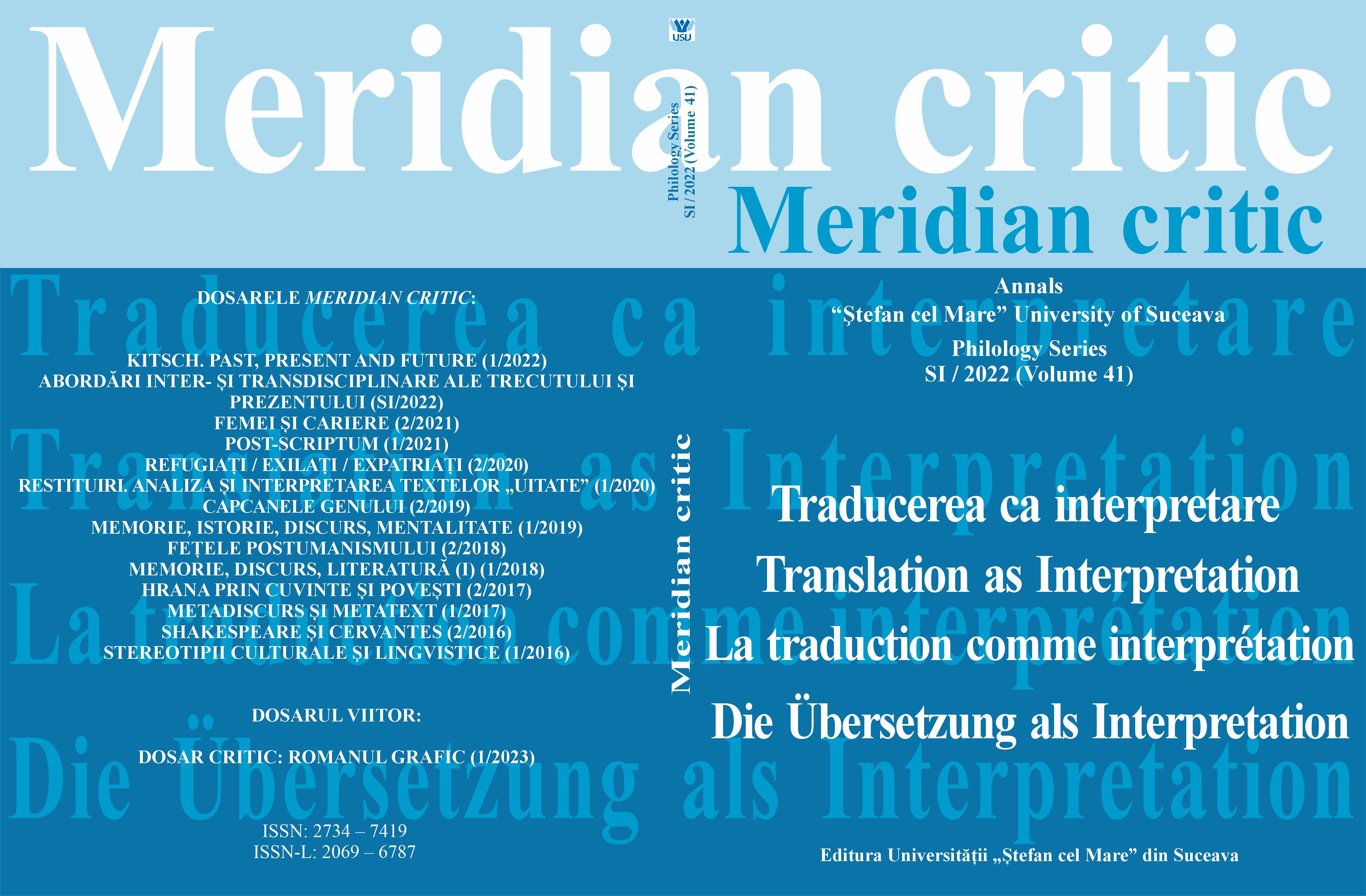Textul Biblic Ebraic ca sursă traductologică: Noi abordări istorice și filologice
The Hebrew Biblical Text as a Translatological Source: New Historical and Philological Approaches
Author(s): Cătălin VargaSubject(s): Language and Literature Studies, Theology and Religion
Published by: UNIVERSITATEA »ȘTEFAN CEL MARE« SUCEAVA
Keywords: Masoretic Hebrew text; Dead Sea scrolls; textual criticism; scribes; manuscript variations;
Summary/Abstract: Since the Hebrew Bible has frequently been translated into multiple languages and distributed throughout the world, how can we be sure that error has not crept in, even if it was unintentional? As Christianity spread, it is certainly true that people desired to have the Bible in their own language, which required translations from the original Hebrew and Aramaic languages of the Old Testament and the Greek of the New Testament. Not only did the work of translators provide an opportunity for error, but publication, which was done by hand copying until the printing press arrived ca. A.D. 1450, also afforded continual possibilities of error.Through the centuries, the practitioners of textual criticism, a precise science, have discovered, preserved, catalogued, evaluated, and published an amazing array of biblical manuscripts from both the Old and New Testament. In fact, the number of existing biblical manuscripts dramatically outdistances the existing fragments of any other ancient literature. By comparing text with text, the textual critic can confidently determine what the original prophetic / apostolic inspired writing contain.Although existing copies of the main, ancient Hebrew text (Masoretic) date back only to the tenth century A.D., two other important lines of textual evidence bolster the confidence of textual critics that they have reclaimed the originals. First, the tenth century A.D. Hebrew Old Testament can be compared to the Greek translation called the Septuagint or LXX (written ca. 200-150 B.C.; the oldest existing manuscripts date to ca. A.D. 325). There is amazing consistency between the two, which speaks of the accuracy in copying the Hebrew text for centuries. Second, the discovery of the Dead Sea Scrolls in 1947-1956 (manuscripts that are dated ca. 200-100 B.C.) proved to be monumentally important. After comparing the earlier Hebrew texts with the later ones, only a few slight variants were discovered, none of which changed the meaning of any passage. Although the Old Testament has been translated and copied for centuries, the latest version was essentially the same as the earlier ones.Every translation is at many points a trade-off between literal precision and readability, between formal equivalence in expression and functional equivalence in communication. Within this framework we have to examine the LXX translation if it is literal as possible, while maintaining clarity of expression and literary excellence, as far as grammar and syntax allow. If it’s not, that means that the scribes intervene subjectively into the sacred text.
Journal: Meridian critic
- Issue Year: XLI/2022
- Issue No: SI
- Page Range: 71-86
- Page Count: 16
- Language: Romanian

